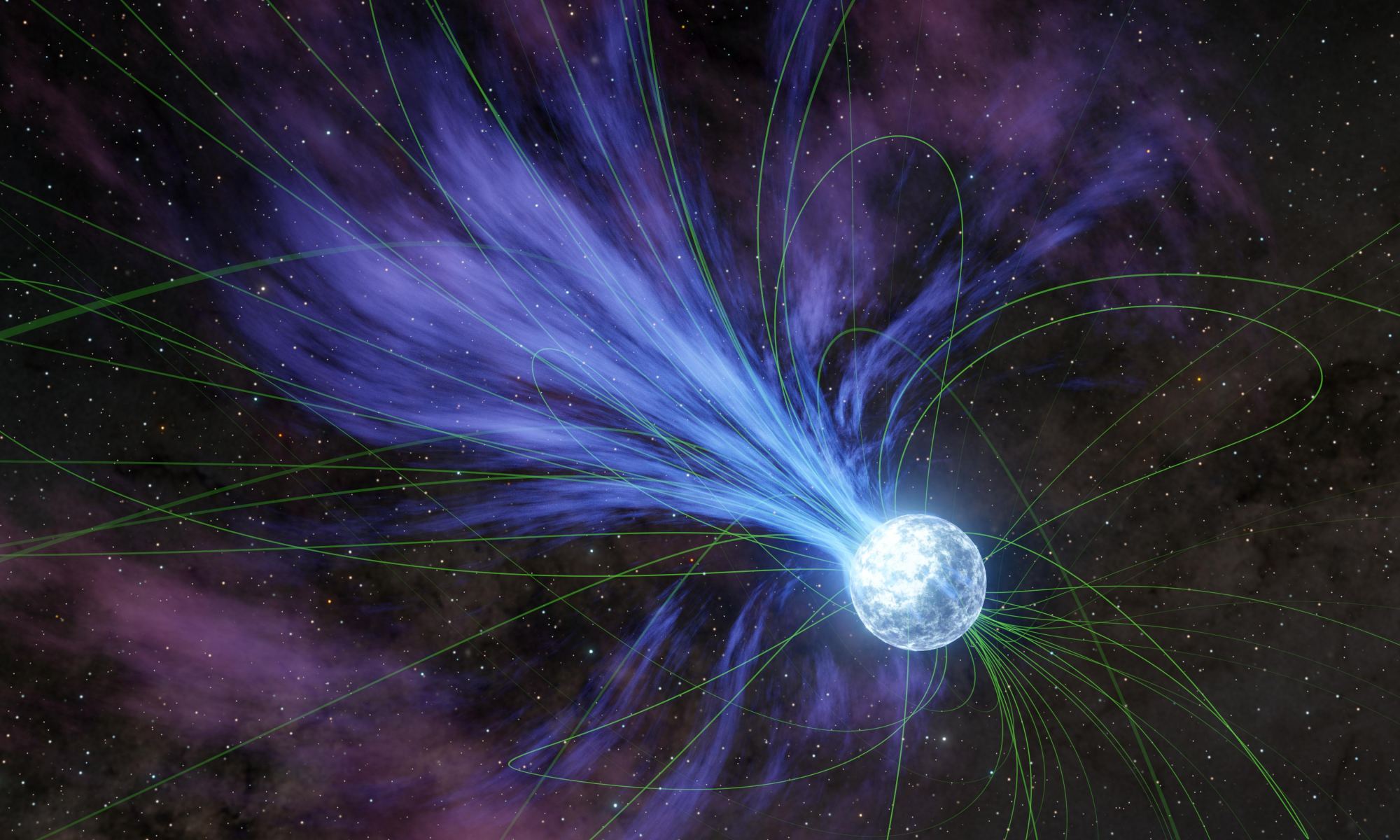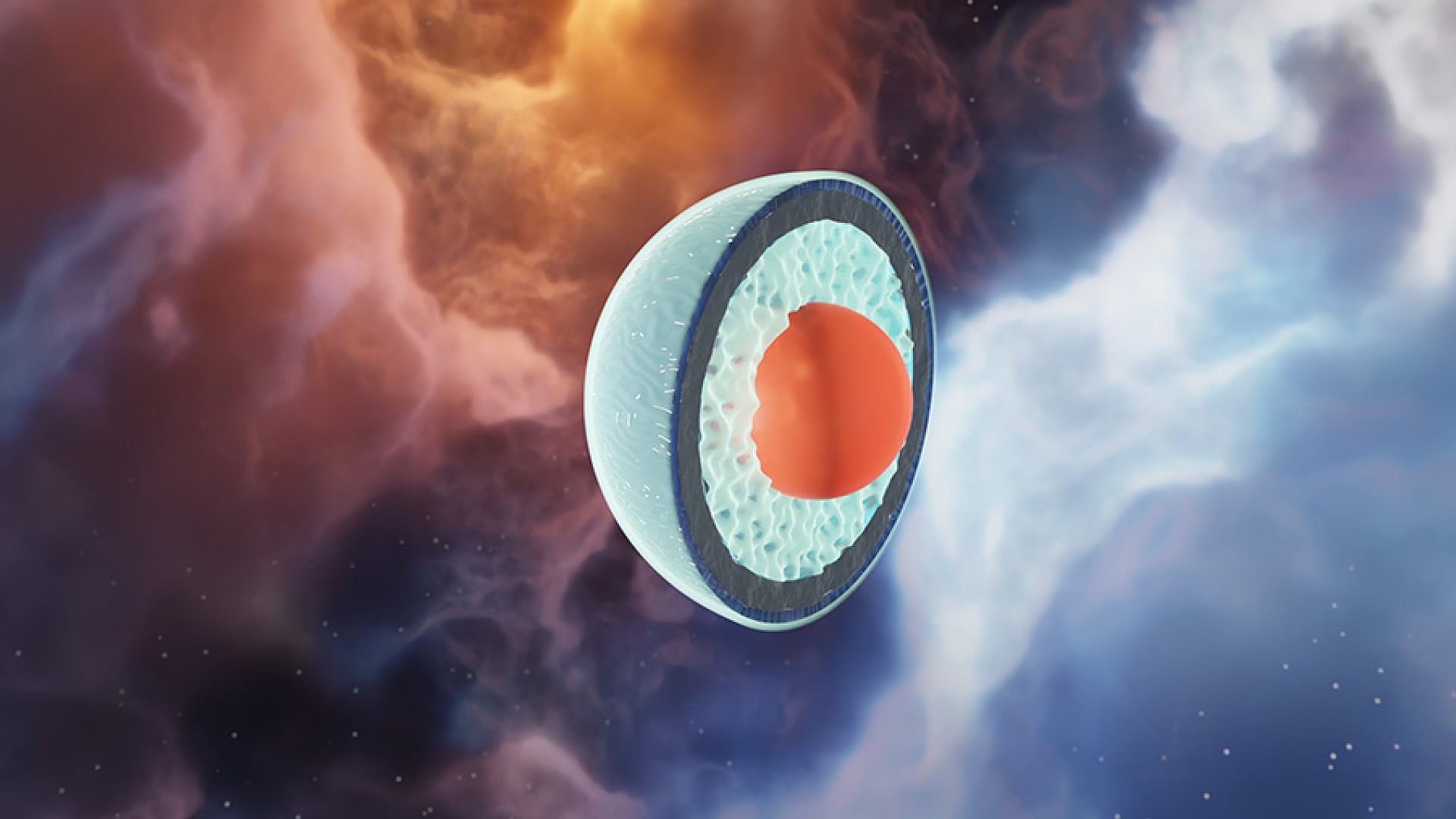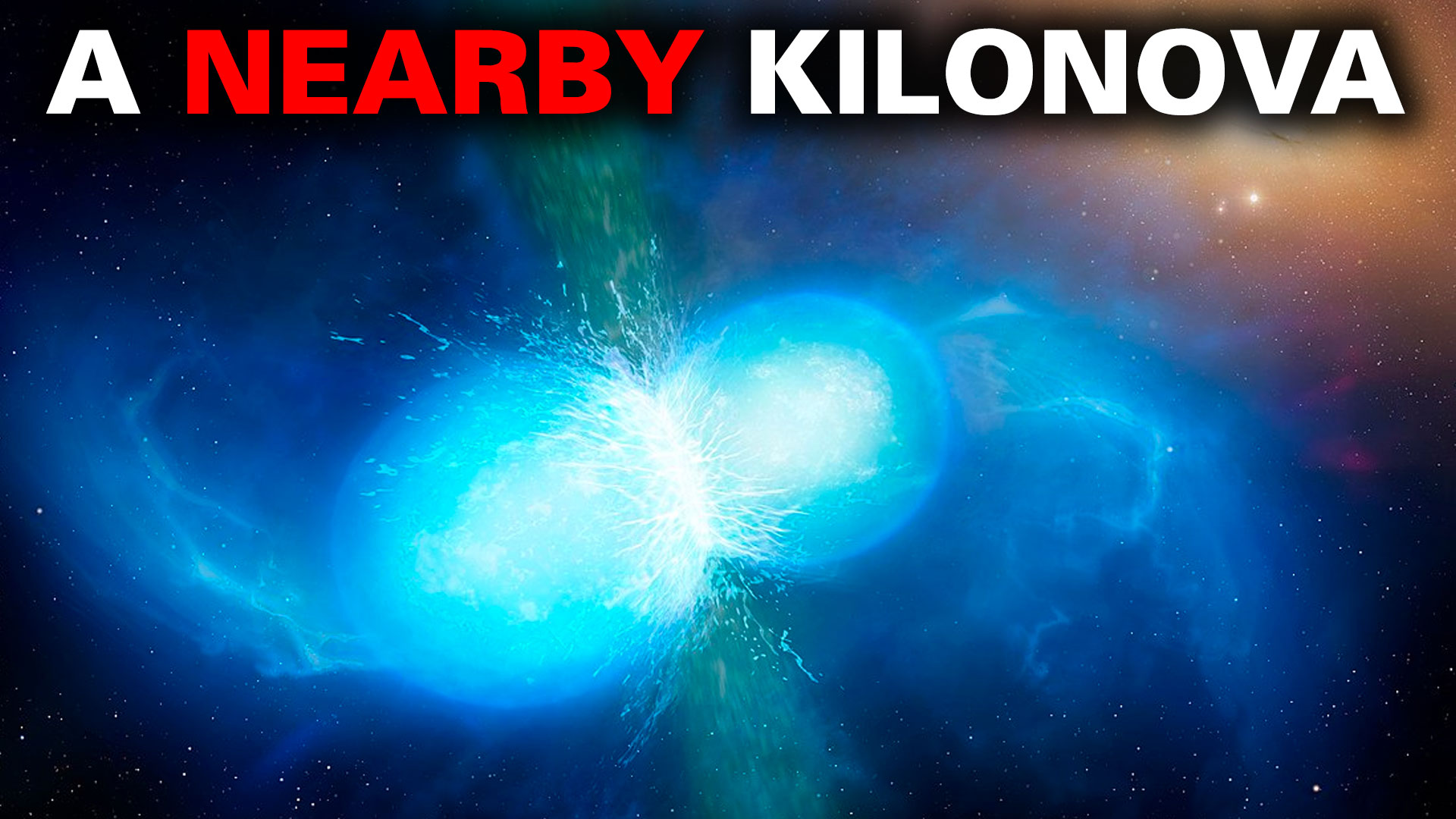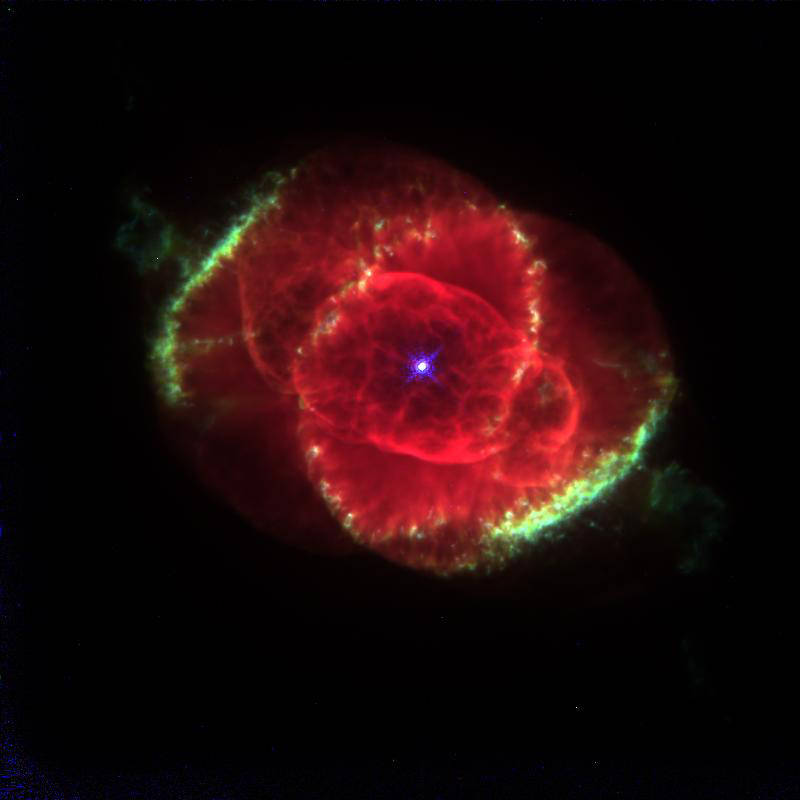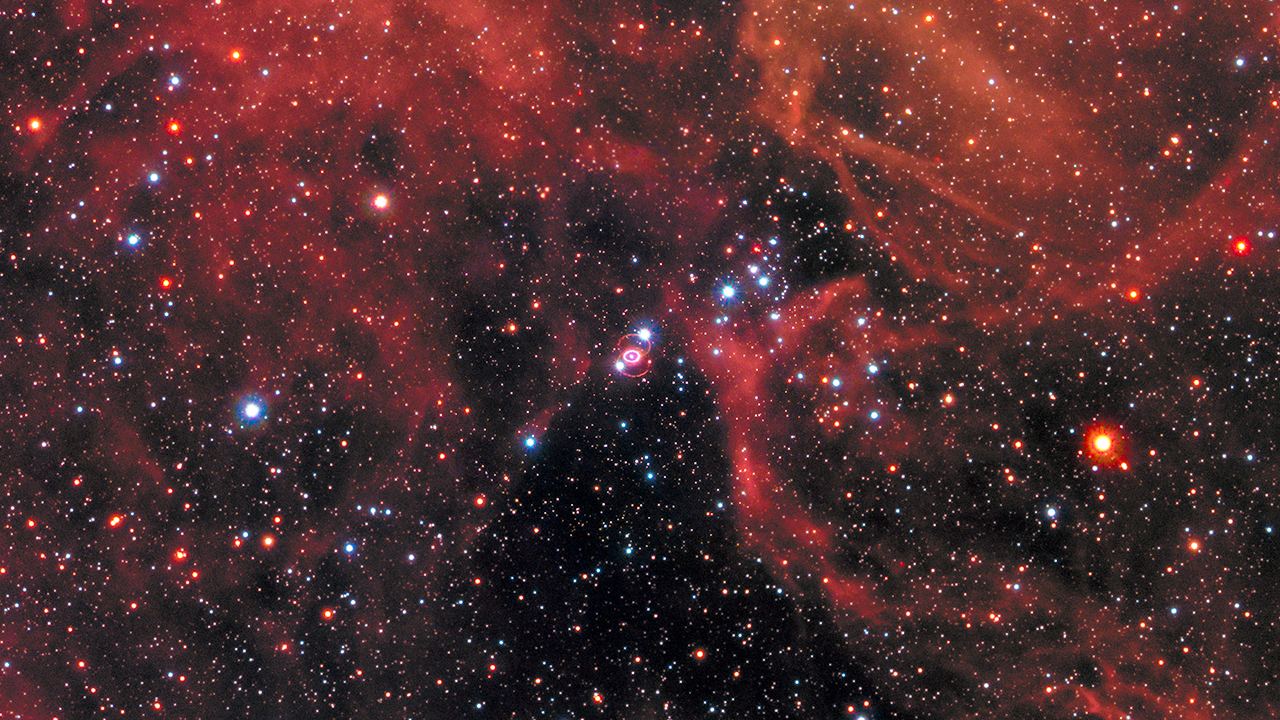Fast radio bursts (FRBs) are strange events. They can last only milliseconds, but during that time can outshine a galaxy. Some FRBs are repeaters, meaning that they can occur more than once from the same location, while others seem to occur just once. We still aren’t entirely sure what causes them, or even if the two types have the same cause. But thanks to a collaboration of observations from ground-based radio telescopes and space-based X-ray observatories, we are starting to figure FRBs out.
Continue reading “Another Clue Into the True Nature of Fast Radio Bursts”Black Holes and Neutron Stars are Finally Linked to Supernovae
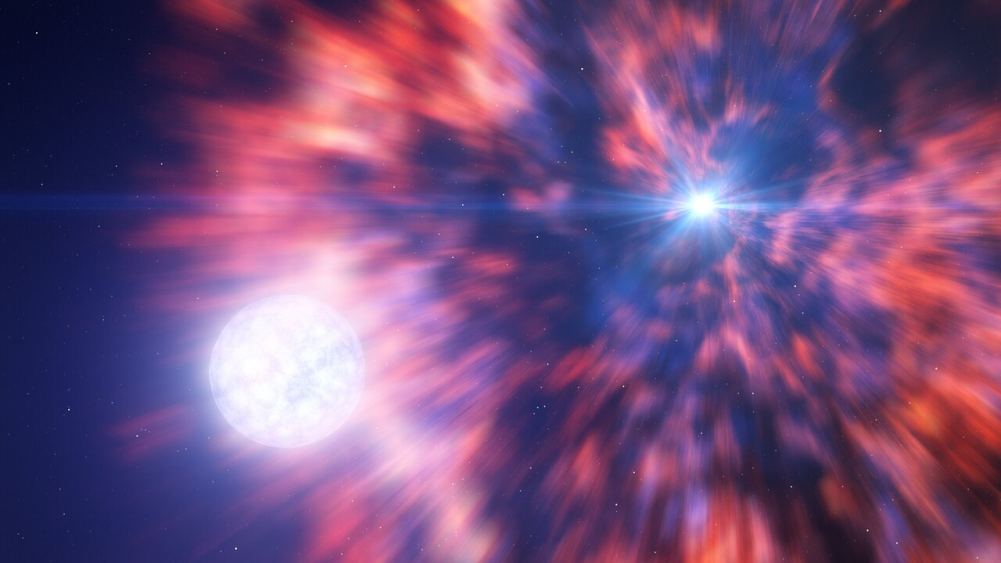
Everybody knows that the explosive deaths of supermassive stars (called supernovae) lead to the creation of black holes or neutron stars, right? At least, that’s the evolutionary path that astronomers suggest happens. And, these compact objects exist throughout the Universe. But, no one’s ever seen the actual birth process of a neutron star or black hole in action before.
Continue reading “Black Holes and Neutron Stars are Finally Linked to Supernovae”Do Neutron Stars Have Mountains? Gravitational Wave Observatories Could Detect Them
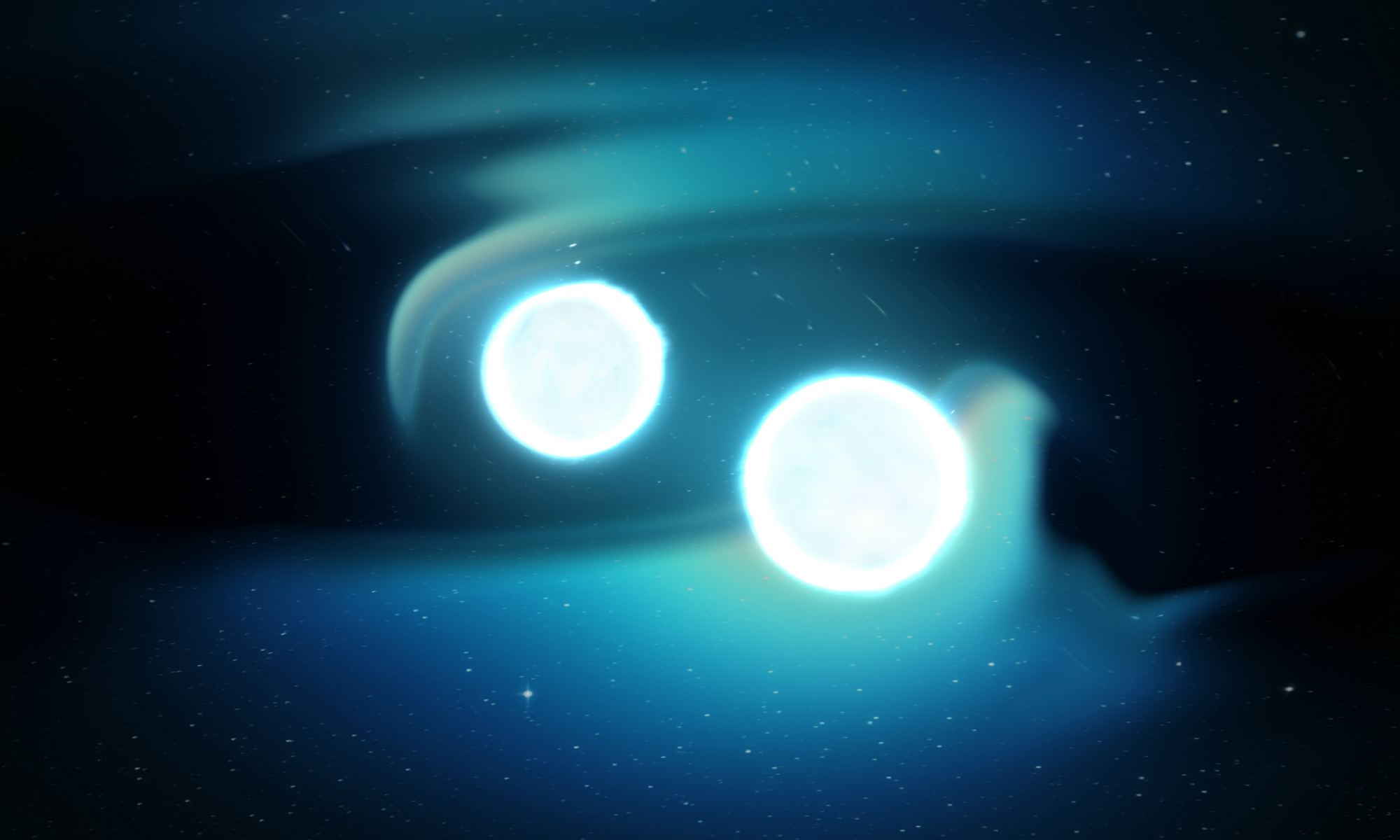
The surface gravity of a neutron star is so incredibly intense that it can cause atoms to collapse into a dense cluster of neutrons. The interiors of neutron stars may be dense enough to allow quarks to escape the bounds of nuclei. So it’s hard to imagine neutron stars as active bodies, with tectonic crusts and perhaps even mountains. But we have evidence to support this idea, and we could learn even more through gravitational waves.
Continue reading “Do Neutron Stars Have Mountains? Gravitational Wave Observatories Could Detect Them”The Most Massive Neutron Stars Probably Have Cores of Quark Matter
Atoms are made of three things: protons, neutrons, and electrons. Electrons are a type of fundamental particle, but protons and neutrons are composite particles made of up and down quarks. Protons have 2 ups and 1 down, while neutrons have 2 downs and 1 up. Because of the curious nature of the strong force, these quarks are always bound to each other, so they can never be truly free particles like electrons, at least in the vacuum of empty space. But a new study in Nature Communications finds that they can liberate themselves within the hearts of neutron stars.
Continue reading “The Most Massive Neutron Stars Probably Have Cores of Quark Matter”Simulation Perfectly Matches What We See When Neutron Stars Collide
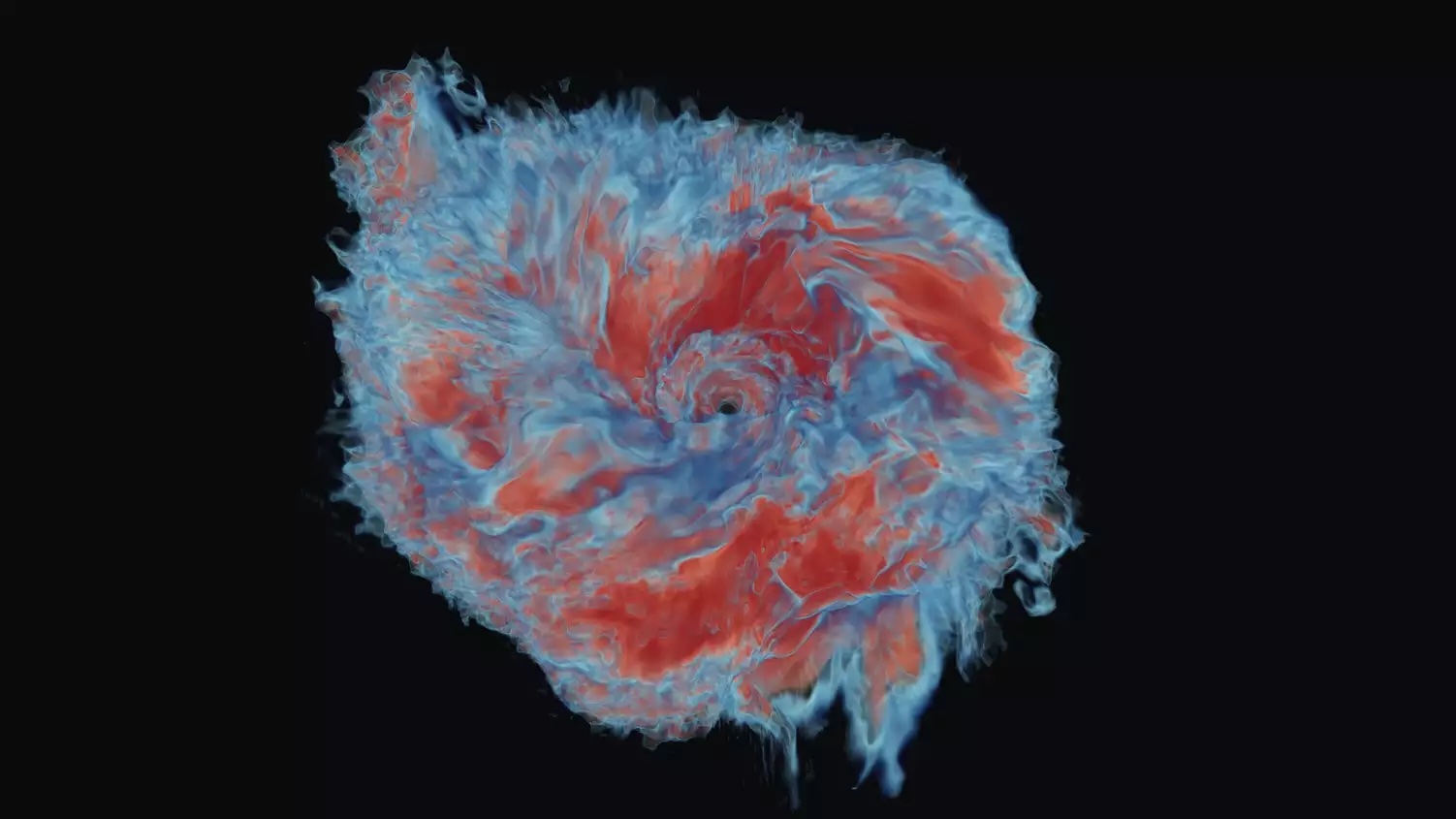
There are many mysteries in the world of astronomy and a fair number relate to the processes during the end of the life of a super massive star. Throw in the complexity of collisions and you have a real head scratching problem on your hands. In 2017 colliding neutron stars were detected and the data has allowed a new simulation to be tested with predictions beautifully matching observation.
Continue reading “Simulation Perfectly Matches What We See When Neutron Stars Collide”Scientists Found Evidence Of A Nearby Kilonova 3.5 Million Years Ago
Most of the times astronomers reported dramatic, cataclysmic events like neutron star mergers or the creation of a black hole; they are taking place light years away, typically in in another galaxy. While we can observe their destructive power through the light they emit, they have minimal impact on Earth. However, a relatively recent discovery of certain types of isotopes at the bottom of the ocean hints at one of these events happening fairly close to home. And it probably didn’t happen all that long ago.
Continue reading “Scientists Found Evidence Of A Nearby Kilonova 3.5 Million Years Ago”When Stars Consume Their Partners, We Could Detect a Blast of Neutrinos
You might be familiar with the bizarre ritual of the female praying mantis which, I’m told, bites off the head and eats other body parts of the poor male they just mated with. It seems consuming partners is not unheard of. It’s even seen in the lives of stars where binary stars orbit one another closely and one star ultimately consumes the other. If the victim is a neutron star a burst of neutrinos can be generated and a new study reveals they might just be detectable on Earth.
Continue reading “When Stars Consume Their Partners, We Could Detect a Blast of Neutrinos”Astronomers are Hoping to Detect Gravitational Waves Coming from Supernova 1987A
A supernova explosion is a cataclysmic explosion that marks the violent end of a massive star’s life. During the event, the star releases immense amounts of energy, often outshining the combined light from all the stars in the host galaxy for a very brief period of time. The explosion produces heavy elements and spreads them out among the stars to contribute to the formation of new stars and planets. The closest supernova in recent years occurred in the Large Magellanic Cloud in 1987 (SN1987A) and now, a team of astronomers have searched through mountains of data to see if they can detect gravitational waves from the remnant.
Continue reading “Astronomers are Hoping to Detect Gravitational Waves Coming from Supernova 1987A”If Neutron Stars Have Mountains, They Should Generate Gravitational Waves
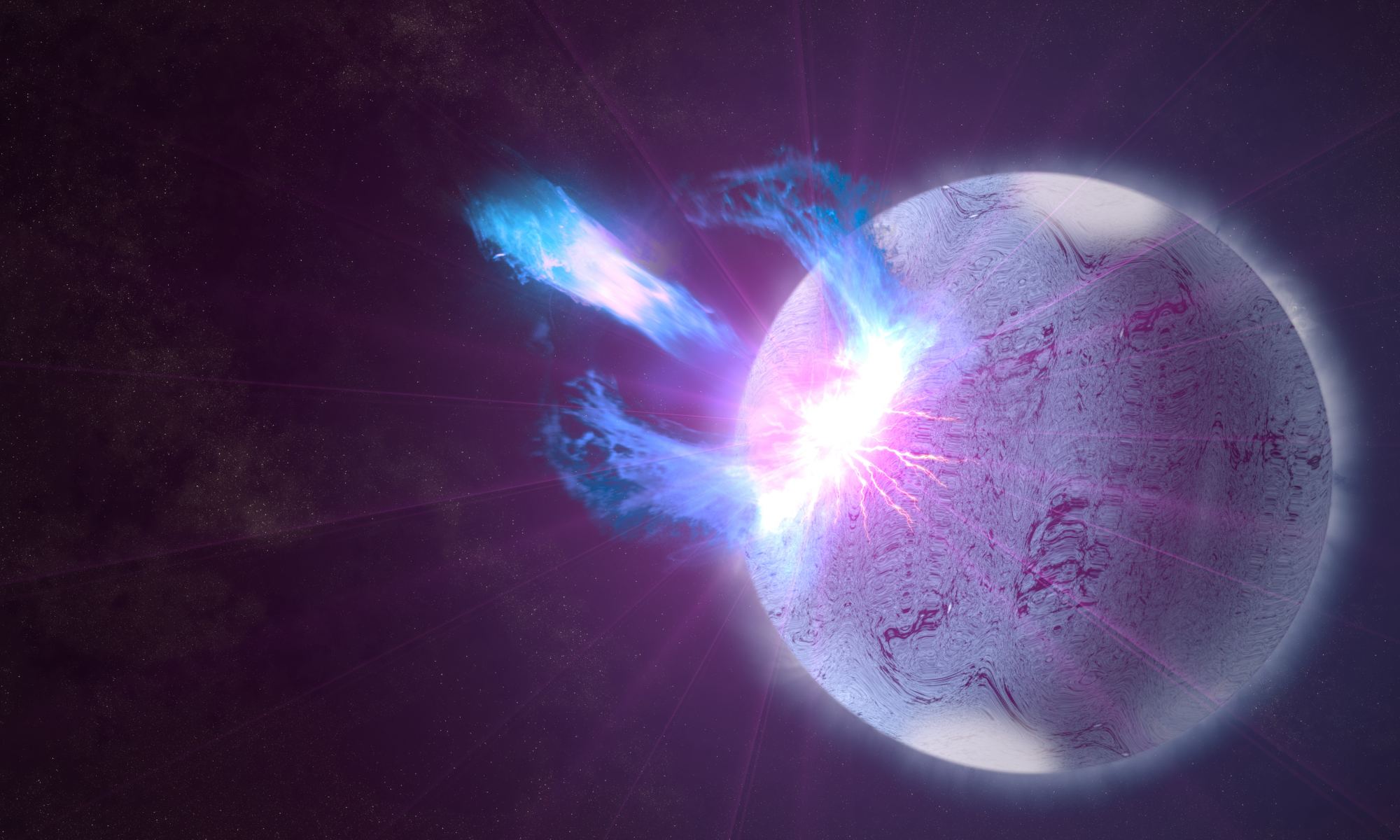
A neutron star is 2 solar masses compressed into a ball only 12 kilometers wide. Its surface gravity is so immense it compresses atoms and molecules into raw nuclei and squeezes electrons into protons transforming them into neutrons. Given such immense pressures and densities, you might assume neutron stars have an almost perfectly smooth surface. But you’d be wrong because we know that neutron stars can have mountains.
Continue reading “If Neutron Stars Have Mountains, They Should Generate Gravitational Waves”Record-Breaking Magnetar was There in the Data All Along
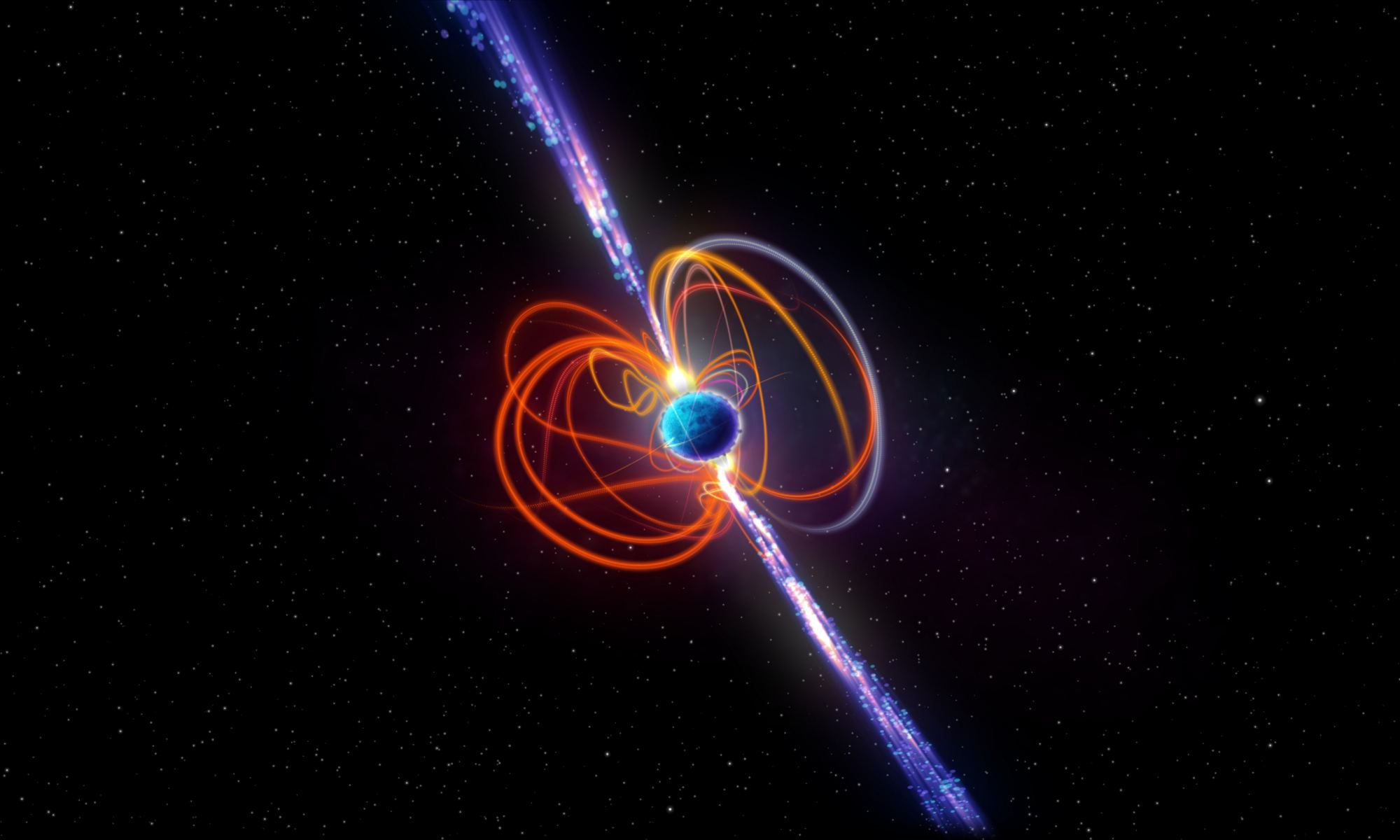
The cosmic zoo has strange beasts that astronomers stumble across in the most fascinating ways. Not long ago a team in Australia found a highly unusual magnetar, one of the weirder denizens of the starry zoo. It’s called GPM J1839-10 and it lies some 15,000 light-years away in the direction of the constellation Scutum.
Continue reading “Record-Breaking Magnetar was There in the Data All Along”
